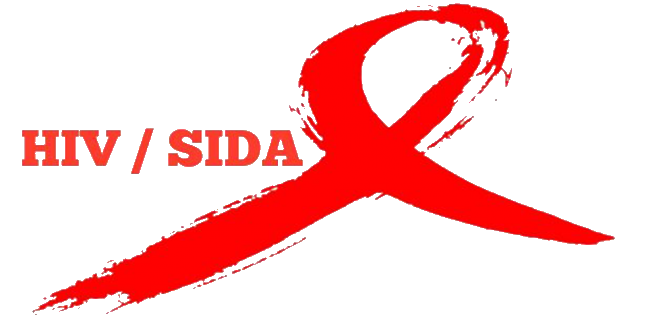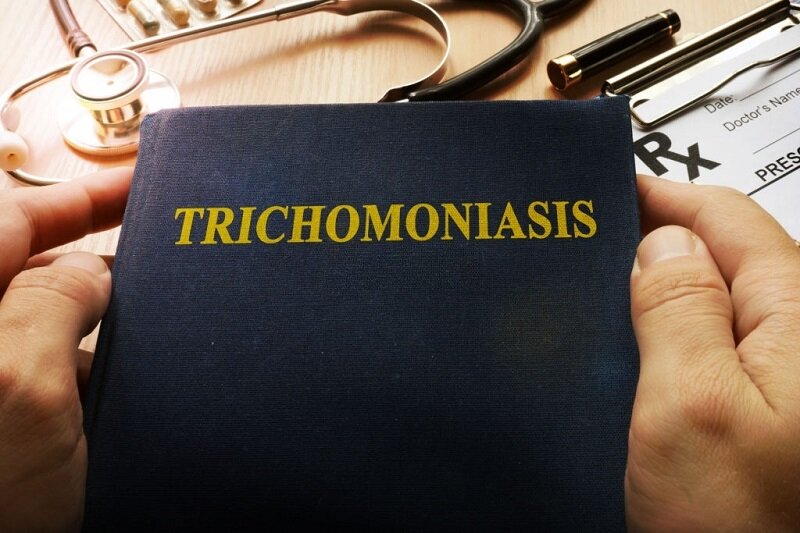Trichomoniasis, or trich (pronounced “trick”), is a common STI that usually has very few symptoms. It is caused by an infection of microscopic parasites called Trichomonas vaginalis. For women, these parasites may infect the vagina, urethra, bladder or cervix. In men, the infection is usually in the urethra, or under the foreskin of uncircumcised men.
WHAT ARE THE SYMPTOMS?
Many people, particularly men, will not have symptoms of a trich infection. If symptoms do appear, they usually appear within one week of infection, though they can take up to six months. For some people, symptoms may go away and then return later. About half of women will have symptoms of a trich infection. In men, trichomoniasis is rare and most men will not have symptoms.
In women:
- Discharge from the vagina
- Vaginal odour
- Pain during intercourse or urination
- Irritation or itchiness of the vagina
In men:
- Mild discharge
- Irritation or redness at the top of the penis
- Burning during urination
- Men may often become unknowing carriers of trich infections. Treatment is required to ensure that a trich infection is completely gone
Related informations:
HOW IS TRICHOMONIASIS SPREAD?
Trichomoniasis is spread through sexual contact with an infected person.
HOW IS TRICHOMONIASIS DIAGNOSED?
Testing may be done by physical examination or lab testing to detect the parasite.
In some cases, the tiny sores caused by trichomoniasis may be detected during a routine pap test for women; however, pap smears do not specifically test for sexually transmitted infections, and you should never rely on a pap smear to detect trichomoniasis or any other sexually transmitted infections.
HOW CAN TRICHOMONIASIS BE PREVENTED?
- Knowing your sexual partner’s history;
- Having protected sex – Condoms and dental dams offer good protection but they must be used properly. Condoms should be used for vaginal, anal and oral sex. A dental dam is a thin square of latex that acts as a barrier between the vagina or the anus and the mouth during oral sex. Dental dams can be bought in some stores, or you can make your own using a condom or a latex glove; and,
- Having regular STI check-ups, which are helpful to identify those that have no symptoms.
HOW IS TRICHOMONIASIS TREATED?
Typically, trichomoniasis can be treated with a single oral dose of an antibiotic called Metronidazole. However, trichomonas can be reacquired easily so it is important that you and your partner(s) be treated together. Trichomoniasis may not show symptoms, so even if your partner doesn’t have symptoms, he or she should still be tested.
IMPACT IF NOT TREATED
In rare cases, trichomoniasis can cause pelvic inflammatory disease (PID) in women, which can cause infertility, chronic pelvic pain or ectopic pregnancy.
If a pregnant woman is infected with Trichomonas, it may cause premature delivery or low birth weight. Trich can cause small sores and inflammation, which can increase the risk of HIV transmission. Detection and treatment of a Trichomonas infection will help lower your risk of contracting HIV.
Trichomoniasis is easily treated, but your partner(s) may not have symptoms. Also, if you’re with a partner who’s infected, they can reinfect you after you’ve had treatment.
Telling a partner about a trichomoniasis infection may be embarrassing, but it’s important to be very honest with your partner(s). Let them know so that they can get tested and treated if necessary.
WHEN CAN I HAVE SEX AGAIN?
Ask your health care professional when receiving treatment about when you can have sex again. Do not have sex again if you or your partner(s) have not fully completed treatment, or if you are still displaying symptoms of infection. Remember, you can become reinfected immediately after your infection clears up. As always, it’s a very good idea to use condoms to help prevent sexually transmitted infections and trichomoniasis reinfection.
Source: The Society of Obstetricians and Gynecologists of Canada website, SexualityandU

